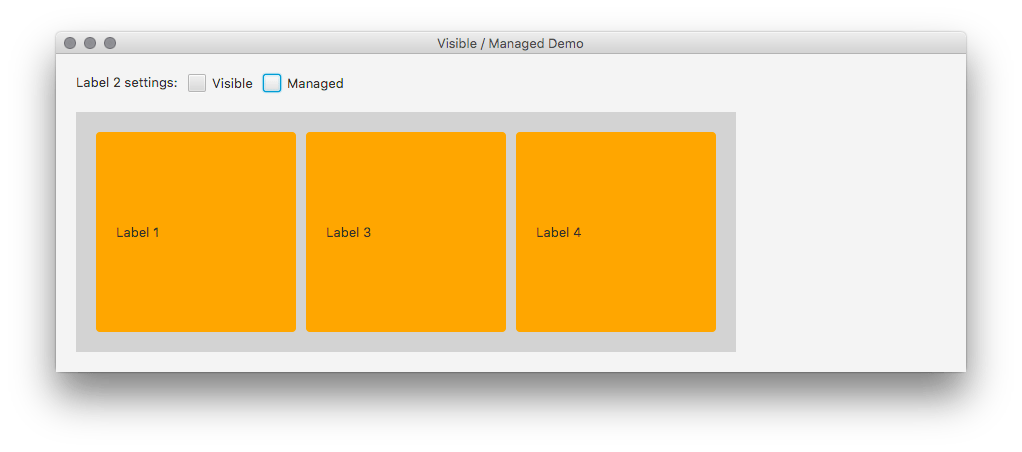

If the count of characters is 1, 2 or 3, then the short name is output if 4 the full name is output. If there is insufficient information to determine whether DST applies, the name ignoring Daylight Savings time will be used.


Exactly 4 pattern characters will use full form, and exactly 5 will use the narrow form.
SETDATE JAVAFX MYSQL CODE
This piece of code outputs: Thursday, Augat 5:32:49 AM Central European Summer Time In this case, we can't use FormatStyle.LONG or FormatStyle.FULL, because they also yield some time zone information which generally is not stored in LocalTime object. Yet, we should be careful when using predefined formatters. It takes just a few lines of code: DateTimeFormatter formatter = DateTimeFormatter.ofLocalizedTime(FormatStyle.MEDIUM)
SETDATE JAVAFX MYSQL HOW TO
In the following code examples, we'll show how to get some of the predefined formatters to do the job for us, as well as making our own. Thursday, Augat 12:43:48 AM Central European Summer Time How the available enum patterns look when applied to a ZonedDateTime object is shown in the following table: FormatStyle FormatStyle is a built-in enum that provides a few values - FULL, LONG, MEDIUM and SHORT. Note that each one of them has a mandatory argument. It's worth noting that LocalDate and LocalTime store information about only dates and times respectively, while a LocalDateTime holds information about both the date and time in a single object.ĭateTimeFormatter formatter = DateTimeFormatter This also introduced us to the DateTimeFormatter class, as opposed to the SimpleDateFormat from the old API. Java 8 overhauled the Date/Time API with thread-safe classes that replaced the old and clunky Date and Calendar classes. When it comes to time and date format specifiers in Java, those components have two or more representations too - sometimes it is handy to use a short version, while longer versions are more concise and official. In the real world, some date or time components are often represented in more than one way.

Format Specifiersĭate and time format specifiers are used for constructing patterns to represent data in a format we'd like to present it in. In this article, we'll use Java's DateTimeFormatter to format dates - LocalDate, LocalDatetime, LocalTime and ZonedDateTime.īefore formatting dates, you'll have to know How to Get the Current Date and Time in Java. Import provides an extensive API for handling date and time.


 0 kommentar(er)
0 kommentar(er)
